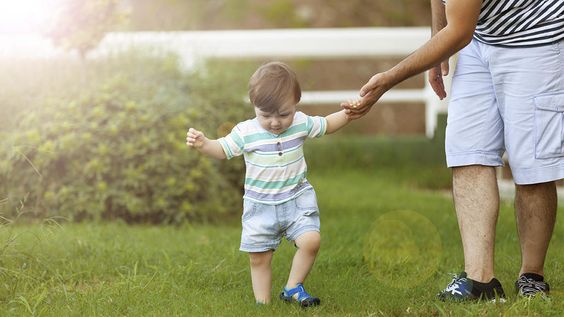Did you know that blisters in children are more common than you think? Because he is playful, he is anxious to explore the world, and the skin in childhood is also very immature, and the friction of small shoes can easily form small blisters on the feet. Relatively painful but not severe, and moms need to know how to handle them so they don't get infected and don't disturb the child while he's walking. So, in this article, we will tell you how to cure them.
1. How do children's blisters form?
Because children's skin is so delicate, repeated friction and pressure from feet and shoes can eventually cause the epidermis (the outer skin layer) to separate from its underlying skin layers, eventually forming blisters containing tissue fluid. Often, children's blisters contain fluid inside that acts as a moisturizer and protects the new skin that forms under the wound. However, the main problem with blisters is that they burst. Therefore, how to prevent contact infection after rupture is the key.
2. How to properly deal with blisters with a diameter of more than 5 mm?
Blisters generally do not exceed 5mm in diameter and are not recommended to be punctured. If you are not sure how to remove blisters, follow these steps to be safe and reduce the risk of infection:
① Wash your hands and gently clean the surface of the blisters with a little soapy water.
② Sterilize the fine needle with boiling water or rubbing alcohol for at least 20 seconds.
③ Carefully pierce the blister with a small hole or two on the edge of the blister to allow the liquid to drain on its own. White or yellow pus may indicate an infected blister and may require medical attention.
④Keep the skin on the broken blister intact, it can be used as a protective layer for the new skin below, and then stick the Innomed ® blister plaster on the blister.
3. How to avoid blisters on children's feet?
To avoid blisters in kids we have to be very careful, also if they have to wear new shoes you can buy them lightweight shoes that won't scratch their heels. It is recommended to use Innomed ® blister plaster on the areas that are prone to wear and tear, it protects your child's skin and is easy to use.
4.Innomed® blister plaster work?
Prevent blisters from abrasion, Innomed ® blister plaster is a great choice, not only will it help relieve stress-induced pain and speed up the healing process, it will even protect open blisters from infection and dirt, Innomed ® blister plaster uses a hydrocolloid material that forms a protective gel pad over the wound to keep the environment moist, allowing for rapid wound healing. 
5. Longterm Medical tells you a quick recovery tip.
If the blisters are not punctured, clean them with a little soapy water or a topical disinfectant. Then use the hydrocolloid dressing produced by Longterm Medical, which can provide a closed space for the wound with a slight acid that is conducive to wound healing, and the surface also has a certain waterproof effect. If the blisters are pierced, please clean with normal saline, and then soak the cotton pad of disinfectant placed over the wound. If the skin sticks out, sterilize a small pair of nail clippers with rubbing alcohol, then cut gently. The small wound is then covered with a hydrocolloid dressing, which can reduce the invasion of foreign microorganisms and prevent the chance of wound infection.
For more information on Innomed® blister plaster, refer to the previous articles. If you have customized needs, you are welcome to contact us; we will serve you wholeheartedly.
At Longterm Medical, we transform this data by innovating and developing products that make life easier for those who need loving care.
Editor: kiki Jia
Date: October 24, 2022

 English
English عربى
عربى Español
Español русский
русский 中文简体
中文简体








